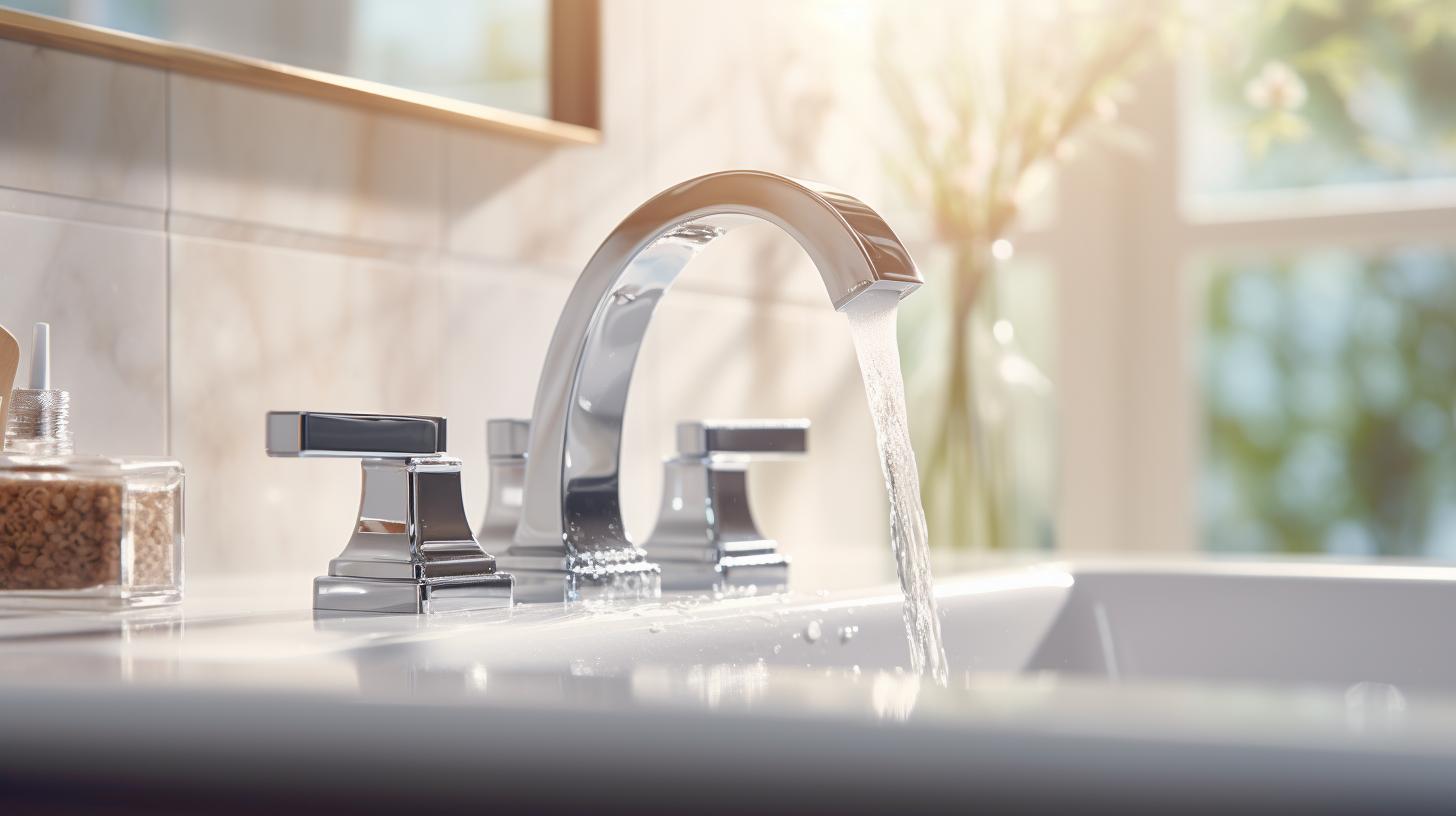
A well-functioning faucet is a crucial element in any kitchen or bathroom, and a smooth water supply is essential for daily activities. However, it can be frustrating when you encounter an issue with the faucet supply line being too short. Fortunately, resolving this problem is not as daunting as it may seem. In this guide, we will explore the reasons behind short faucet supply lines and provide practical solutions to extend them, ensuring an uninterrupted flow of water in your home.
Understanding the Issue:
Before diving into the solutions, it’s important to understand why a faucet supply line might be too short. The most common reasons include:
- Improper Installation: Sometimes, during the initial installation of the faucet, the supply lines may not have been measured and installed correctly. This oversight can lead to supply lines that are too short to reach the water source.
- Changes in Plumbing Configuration: Renovations or changes in the plumbing configuration of your home can result in the relocation of water sources. If the faucet supply lines are not adjusted accordingly, they may end up being too short.
- Upgrading Fixtures: If you’ve recently upgraded your faucet or other fixtures, the new ones might have different dimensions, requiring longer supply lines than the previous ones.
How to Fix Faucet Supply Line is Too Short
Now, let’s explore the practical steps you can take to fix a faucet supply line that is too short:
- Measure and Assess: Start by measuring the distance between your faucet and the water source. This will help you determine the additional length needed for the supply lines. Make sure to account for any bends or turns the lines need to take.
- Purchase Longer Supply Lines: Visit your local hardware store or home improvement center to purchase longer supply lines. Standard faucet supply lines are typically available in various lengths, ranging from 12 inches to 36 inches or more. Choose a length that accommodates the distance you measured in the previous step.
- Turn Off Water Supply: Before attempting any adjustments, turn off the water supply to the faucet. Locate the shut-off valves under the sink or at the main water supply point for the area. Turning off the water will prevent any leaks or spills during the installation process.
- Disconnect Existing Lines: Use a wrench to carefully disconnect the existing supply lines from both the faucet and the water source. Be cautious not to damage any surrounding plumbing components during this process.
- Install Longer Supply Lines: Attach the new, longer supply lines to both the faucet and the water source. Tighten the connections securely using a wrench, ensuring there are no leaks. Take note of any specific instructions provided by the manufacturer regarding installation.
- Check for Leaks: Turn the water supply back on and check for any leaks along the newly installed supply lines. If you notice any leaks, tighten the connections further. It’s essential to address leaks promptly to avoid water damage.
- Secure Excess Length: If the new supply lines are longer than needed, secure the excess length neatly using cable ties or clips. This will prevent the lines from hanging loosely under the sink and creating a cluttered appearance.
Conclusion:
Fixing a faucet supply line that is too short is a manageable task with the right tools and approach. By measuring carefully, purchasing longer supply lines, and following proper installation steps, you can ensure a seamless water supply to your faucet. Remember to turn off the water supply before making any adjustments and check for leaks after installation. With these simple steps, you can reclaim the functionality of your faucet and enjoy a hassle-free water experience in your home.






